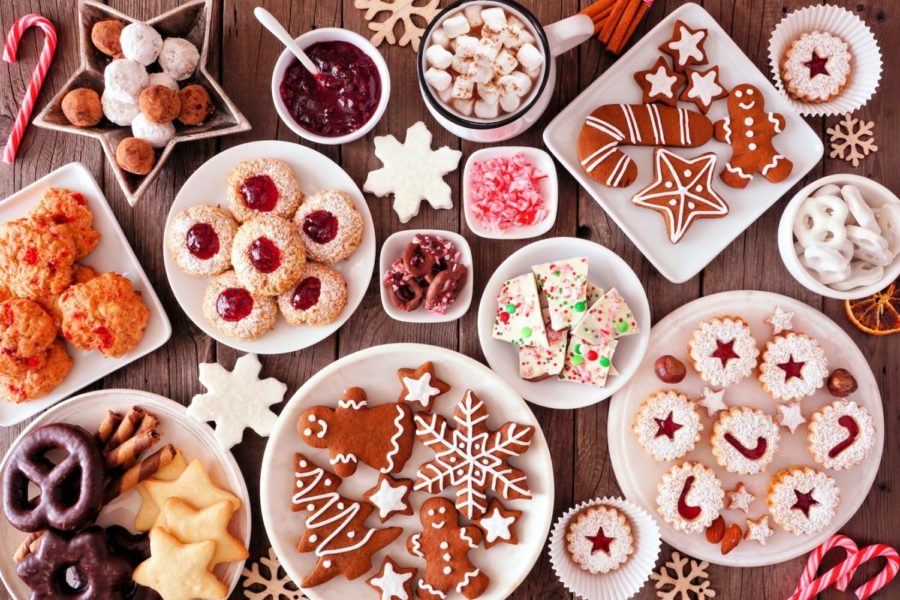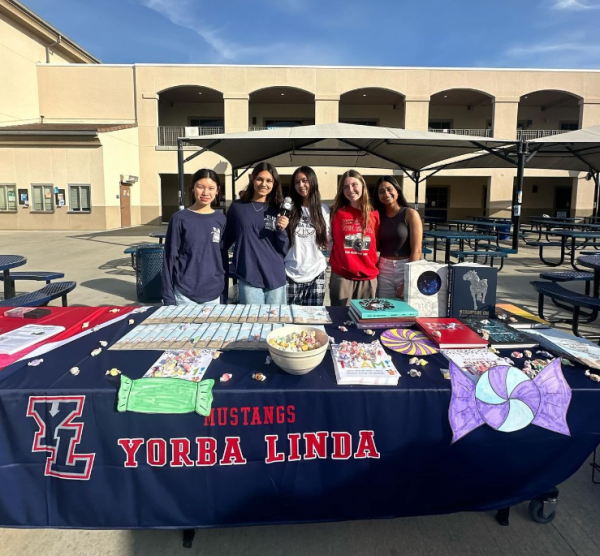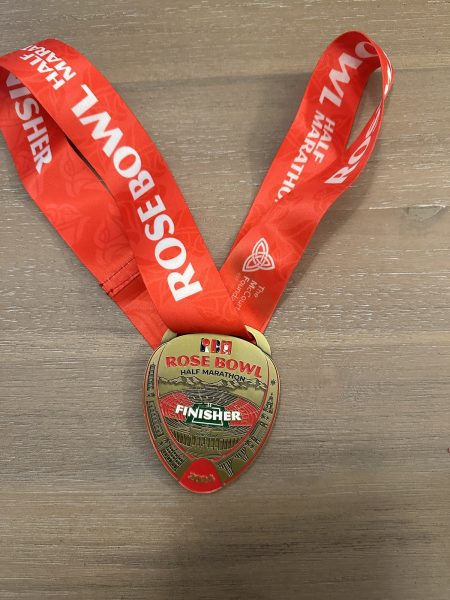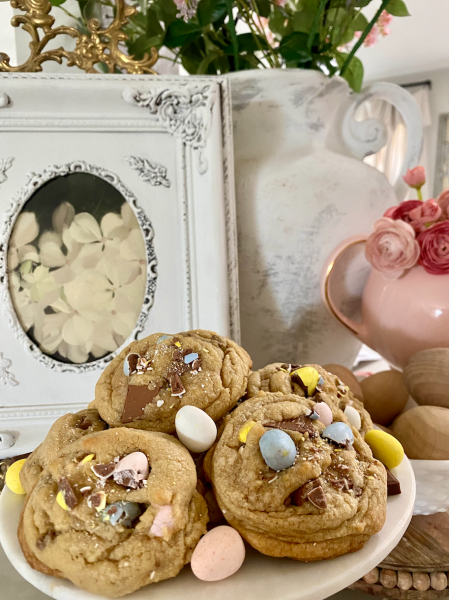Cultural Holiday Treats
Every culture integrates unique treats into its holiday celebrations and festivities.
December 20, 2021
Throughout the holiday season, many different cultures may have a different way of celebrating, but one thing is in common: each culture has unique holiday treats that are not only delicious but also serve as a great way to spread holiday cheer.
Panettone is an Italian sweet bread that is filled with dried fruit, such as raisins. This dessert originated in Milan and is now enjoyed in Europe, South American, and Italian communities during Christmas and New Year. Panettone is commonly eaten after large meals and is usually served with a holiday drink.
Bibingka is a type of rice cake that is popular during Christmastime in the Philippines. This dish is traditionally cooked in terracotta ovens that are lined with banana leaves that give the bibingka a unique earthy flavor. Bibingka is usually eaten for breakfast or as an afternoon snack.
Gingerbread cookies are one of my favorite holiday treats, and I like to make them with my friends and family.
— Piper Guyton (11)
Pepparkakor, also known as gingerbread, are Swedish spice cookies. These cookies are extremely thin and are cut into shapes, such as hearts and stars. These cookies were once consumed as a way to cure sicknesses since they contained far more spice than they do now. Pepparkakor are typically enjoyed during advent and St. Lucia’s Day. Piper Guyton (11) says that “gingerbread cookies are one of [her] favorite holiday treats, and [she likes] to make them with [her] friends and family.”
Chin chin is a fried pastry from Nigeria that is eaten on Christmas. Though this treat was originally only prepared for holidays and special occasions, it has evolved to become an everyday snack and is commonly sold as street food.
Sufganiyah is a jelly-filled doughnut that originates from Israel and is eaten during Hanukkah. These doughnuts are traditionally filled with strawberry jam, deep-fried, and then dusted with powdered sugar. During the 1920s, sufganiyot (plural of sufganiyah) were promoted as Israel’s national food of Hanukkah to help foster jobs. Today, many Israeli bakeries take on unique flavorings of sufganiyot by replacing the standard strawberry jam with other fillings, such as custard and pistachio.
Pavlova is a meringue-based dessert that is named after Anna Pavlova, a Russian ballerina who toured in New Zealand and Australia in 1926. This dessert is enjoyed on Christmas and is served with toppings such as whipped cream and fruit.
Vanilice is a type of vanilla cookie that is served during Christmastime in Serbia. To make these cookies, apricot filling is placed between two pieces of shortbread-like cookies and is then rolled in powdered sugar. Vanilice is especially popular with older generations in Serbia who have grown up eating this dessert.
Even though many cultures celebrate different holidays during this time of the year, each culture integrates food into its celebrations. The treats that are enjoyed during the holidays help create a common identity amongst people that makes the holiday season even more special!





















